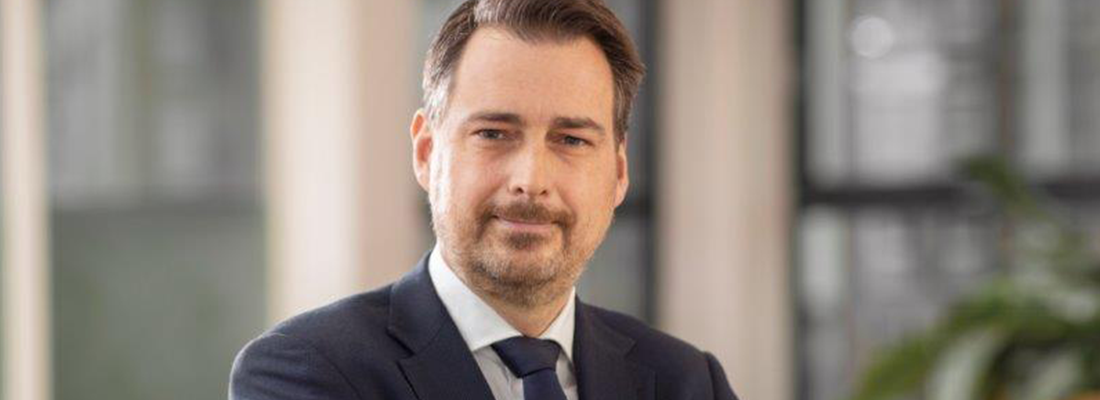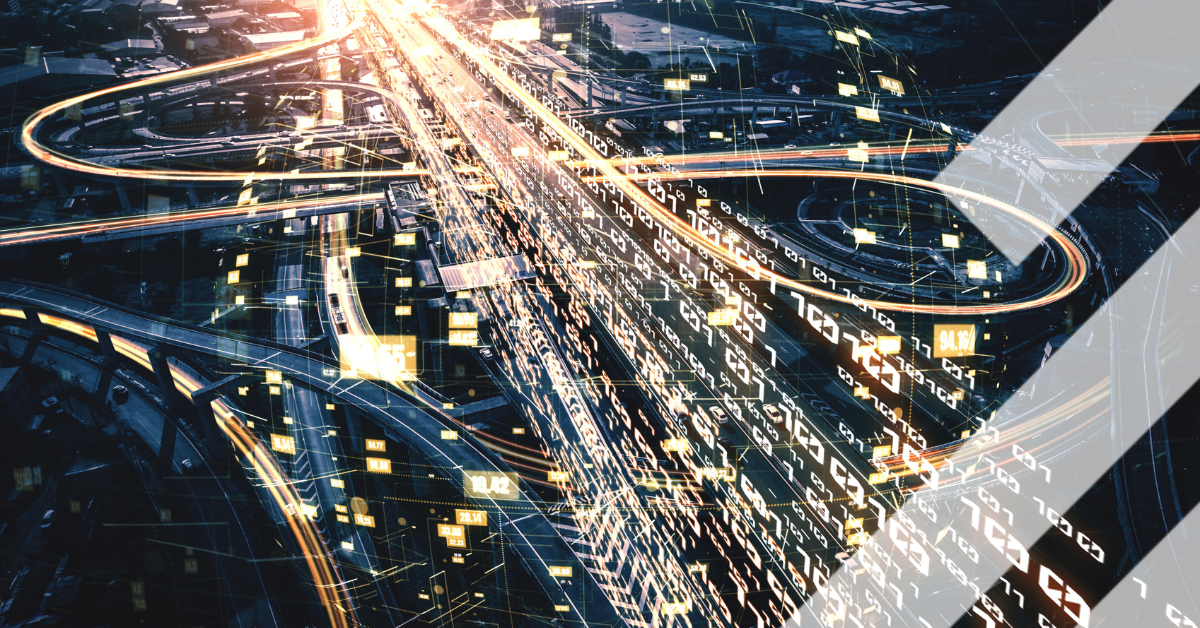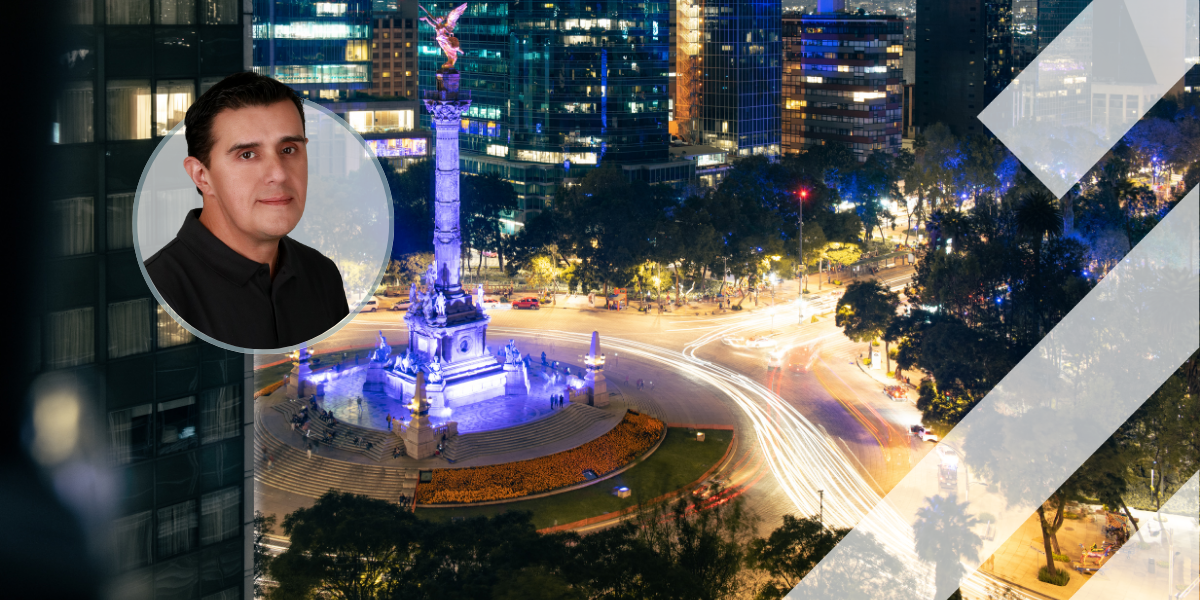Speeding up the mobility transition: Menno Nobel, Thales

“We need to put the traveler first.”
With the continuous growth of the population and ongoing urbanization there are numerous mobility challenges. Sustainability, safety and societal impact are amongst our daily concerns. We need to speed up the mobility transition to keep up with the fast changing global dynamics, which requires inventive approaches and better solutions. In this series we share inspiring and innovative cases from all over the world. Menno Nobel is Commercial Director at Thales Revenue Collection Systems known as a global ticketing and mobility solution provider, for example the ticketing system at the North-South metro line in Amsterdam. How does he speed up the mobility transition?
Since 15 years I have been working in IT and public transport systems. Public transport is one of the markets at Thales. One of the projects in the Netherlands we are really proud of is the development of an improved ticketing system for the use of the OV-chipcard (a smartcard payment system for public transport in the Netherlands) at the North-South metro line in Amsterdam. The new system started running in 2018 and Thales will be monitoring and improving the system for the next ten years. However, a big project does not go without proper challenges.
-‘A new metro system offering 150,000 people per day public transport underground.’-
In the nineties, a lot needed to be improved in public transport in Amsterdam. Not only did the city need an optimized transportation system able to transport the growing amount of citizens and tourists. It was the city’s challenge to expand public transport in a highly dense, historic center and to make transport more environmentally friendly. Since Amsterdam is an old city with soft soil and a lot of water, it was a major engineering challenge to go underground without damaging the city. The North-South line was built to improve the accessibility and network between the outer north of the city across the canal and the outer South, with the ambition to connect Schiphol Airport in the future. All of that right under the heart of the historic city center, offering public transportation to 150,000 passengers per day. With all the different parties and interests involved it was a challenge to let all the parties work together.
-‘ The traveler experience is usually not the most obvious priority at the start of building a metro line.’-
Building such a metro system takes a lot of investment and time. The customer facing IT-solutions are contracted and designed in the last phase of the completion of the metro. For me personally it was my task to make sure it was as user-friendly as possible. For everyone. These investments are relatively small if you look at the total investment. However, it has a major impact on the travel experience. It is not the most obvious one at the start of building a metro line. In Amsterdam, the traveler experience became priority number one in the last phase of the project. In the tender process of the ticketing equipment of the North–South metro line, the competitive dialogue was focused on the traveler experience. How can we make use of smart technology as a method to improve travelers’ ease and comfort? We needed to think of an easy to use and simple solution to offer a seamless traveling experience. When traveling with the metro, the first encounter is the gated ticketing system. Therefore, it needs to be user-friendly and safe: a great start of a trip.


